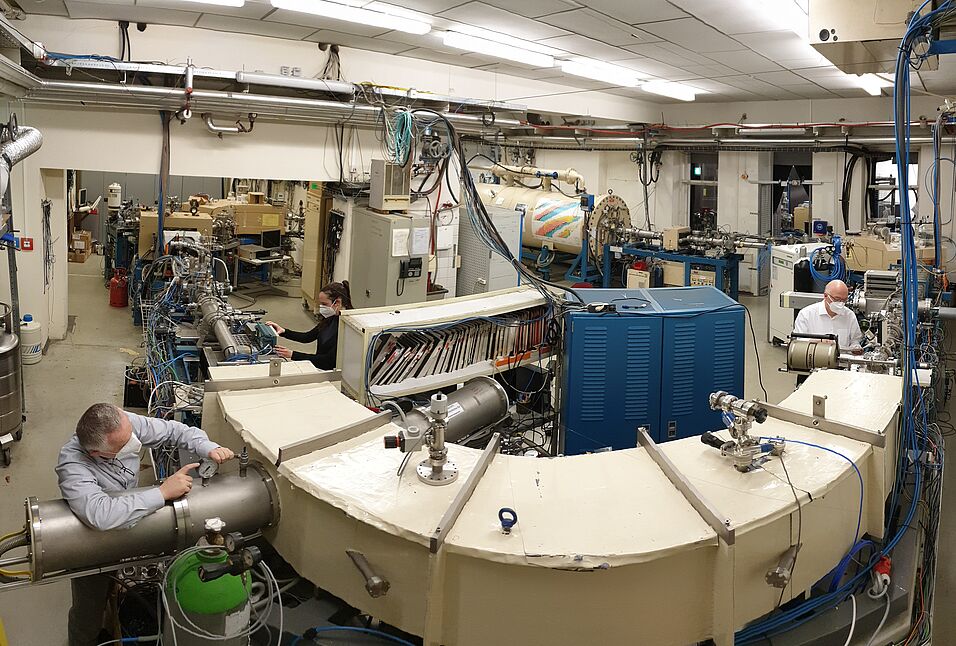The 233U/236U "fingerprint" for anthropogenic - i.e. man-made - uranium, developed at the University of Vienna, Faculty of Physics, has now enabled a first spectacular discovery in international collaboration with the Risø Laboratory of the Technical University of Denmark (DTU) and other international partners. Investigations of water from the Baltic Sea have detected a previously unknown, significant source of anthropogenic uranium, in addition to the expected traces from nuclear weapons testing and European reprocessing plants. This has now been published in the journal Nature Communications.
Both isotopes, uranium-233 and uranium-236, are of no radiation medical concern due to their vanishingly low radioactivity, but their presence may indicate undeclared releases of nuclear fuel that may have been accompanied by other, dangerous isotopes. The Baltic Sea, as a large inland sea in Europe with a high population density along its coasts, deserves special attention in this regard.
The consequent further development of the Vienna Environmental Research Accelerator (VERA) at the University of Vienna, Faculty of Physics, allows for the first time worldwide the analysis of the artificial isotope uranium-233 in the environment. Together with the already established isotope uranium-236, it serves as a fingerprint for the origin of anthropogenic uranium, allowing to distinguish between material from nuclear reactors and the globally distributed residues from atmospheric nuclear weapons testing of the previous century.
"The new measurement method is the result of years of research that can only be done at universities. I'm excited to be able to use it to elucidate how we humans affect our environment," said Peter Steier, assistant professor in the Department of Physics.
Jixin Qiao, Haitao Zhang, Peter Steier, Karin Hain, Xiaolin Hou, Vesa-Pekka Vartti, Gideon M. Henderson, Mats Eriksson, Ala Aldahan, Göran Possnert, Robin Golser. An unknown source of reactor radionuclides in the Baltic Sea revealed by multi-isotope fingerprints. Nature Communications (2021) (https://doi.org/10.1038/s41467-021-21059-w).
K. Hain, P. Steier, M.B. Froehlich, R. Golser, X. Hou, J. Lachner, T. Nomura, J. Qiao, F. Quinto, A. Sakaguchi. 233U/236U signature allows to distinguish environmental emissions of civil nuclear industry from weapons fallout. Nature Communications 11 (2020) (https://doi.org/10.1038/s41467-020-15008-2).

